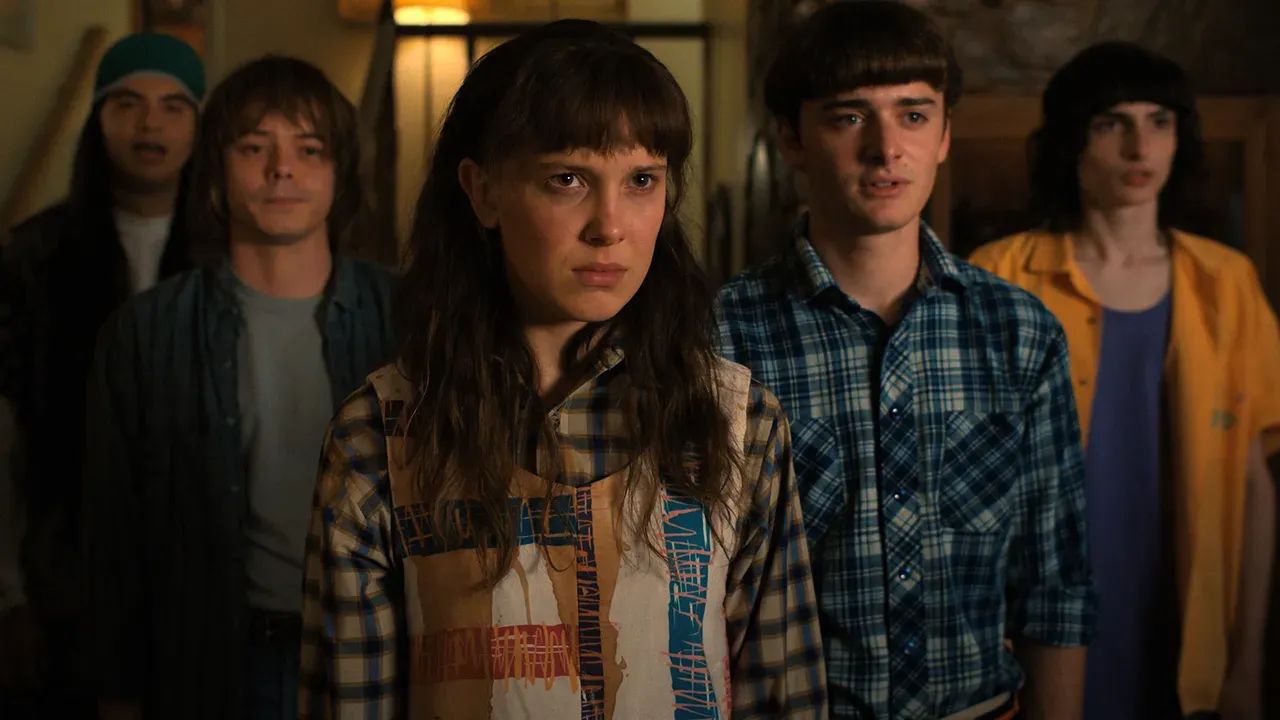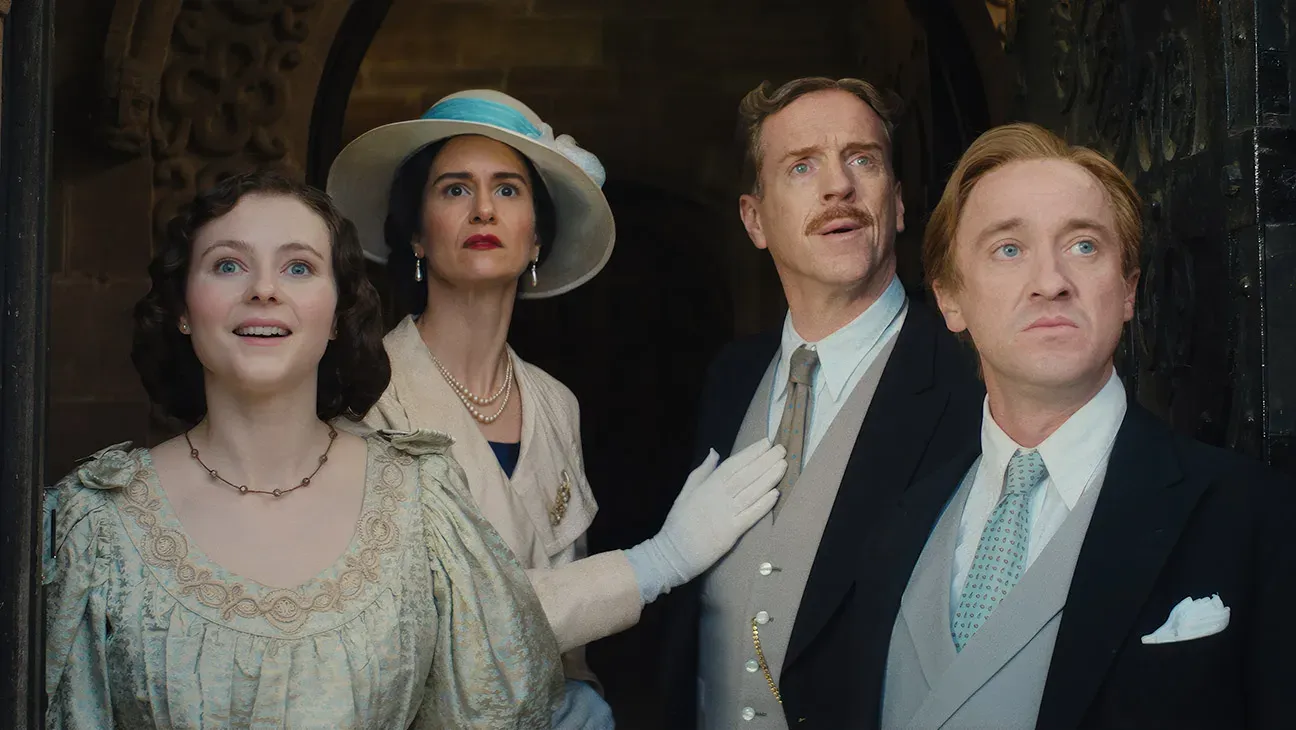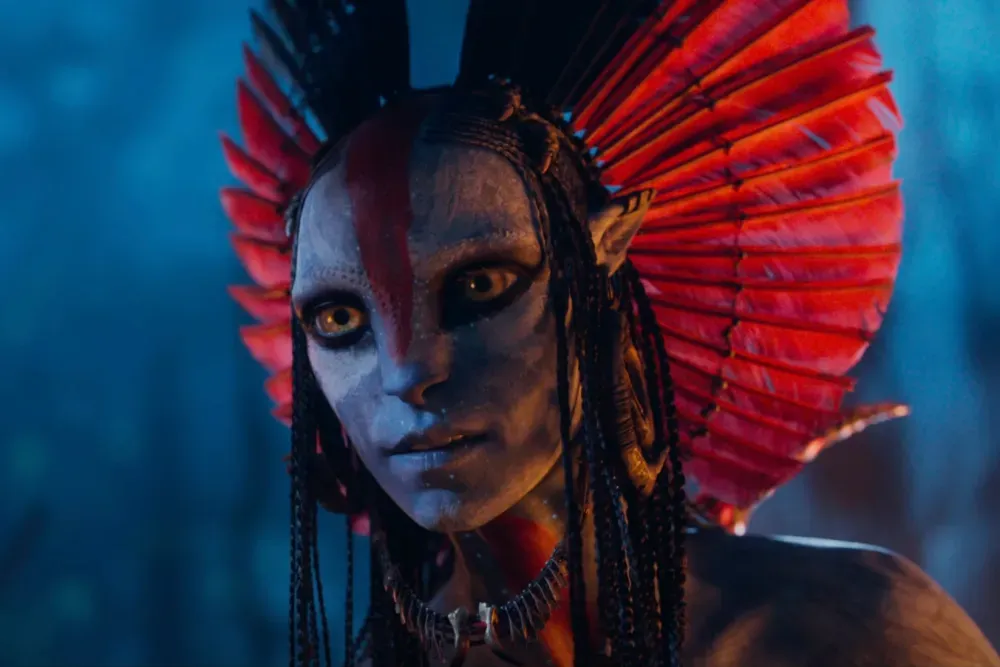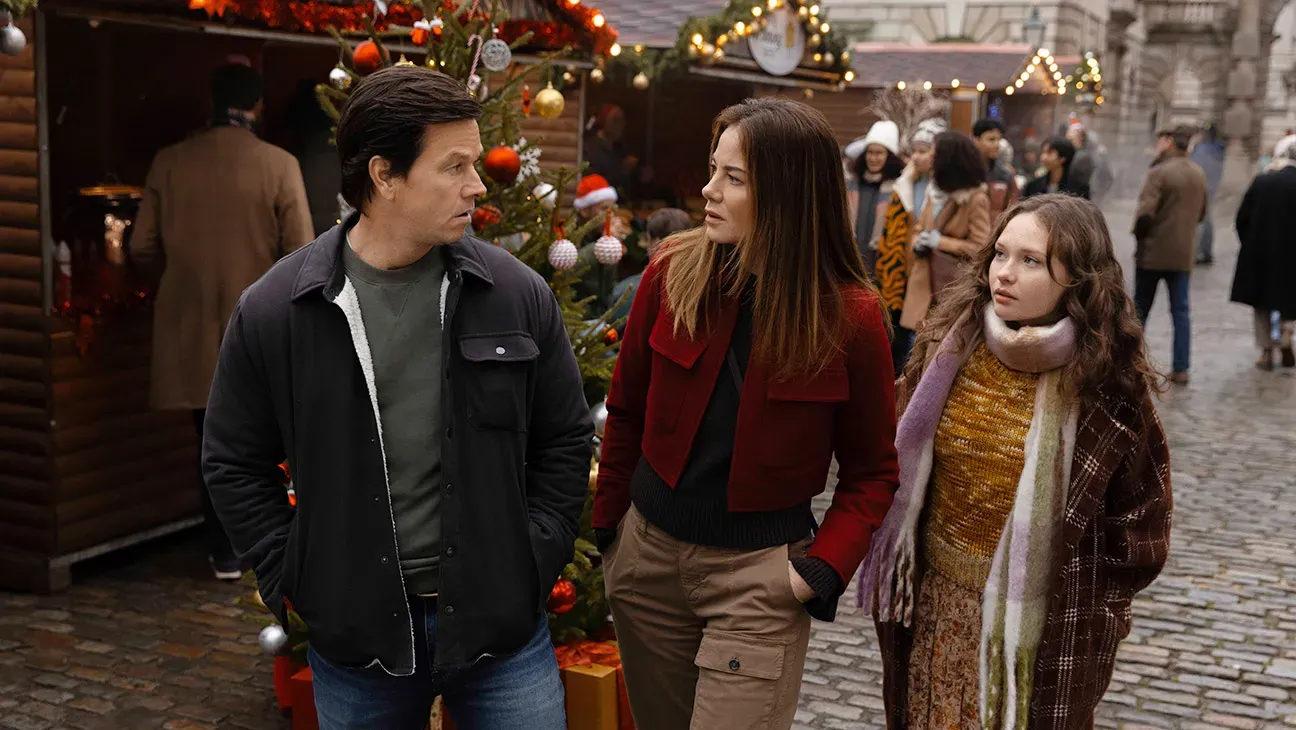
Mary & George (2024) — Series Review
- Apr 8, 2024
The new Starz drama “Mary & George” promises to engage viewers with its blend of modern and edgy themes set against the backdrop of a post-Elizabethan court. Unconventional for period dramas, the show features a multitude of sex scenes and a fair share of explicit language. The show poster, featuring Julianne Moore and Nicholas Galitzine, exudes power, intelligence, and allure, hinting at the narrative to unfold in the seven-part series.
In the series, Moore and Galitzine portray ambitious mother-son characters who ascend from the periphery of British nobility to its heart at the start of the 17th century. The plot is loosely based on the widely-debated historical theory of George Villiers murdering King James, as presented in the popular book "The King's Assassin."
The series uses sex as a narrative tool, exploring different relationships and motivations surrounding it. For instance, Moore’s character, Mary Villiers, opting for a second marriage for financial stability and later indulging in a romantic and tender affair with a working-class woman named Sandie. However, the portrayal of Galitzine’s character, George's sexual encounters with men, is quite distinct, marking them as more tantalising and morally ambiguous. This difference incites conversations about stereotypes about gay men and their sex lives.
As the series progresses, the storyline evolves from George's sexual gimmicks to a profound exploration of power and its effects on him and the nation. This shift from raunchy, explicit content to a detailed engagement with power dynamics make for compelling viewing.

Moore excellently embodies Mary's character - a ruthless strategist seeking power for power's sake, giving the audience a relatable anti-hero to root for.
Mary & George climaxes with a lingering curiosity about the workings of power and human nature. Despite ambiguities about their moral stances, the central characters Mary and George leave a long-lasting impression as individuals who rose and fell in power, a testament to the twisting nature of historical evidence.
Caught between power play and moral questioning, the show also liberally showcases the human form - or, more precisely a good number of naked behinds.







